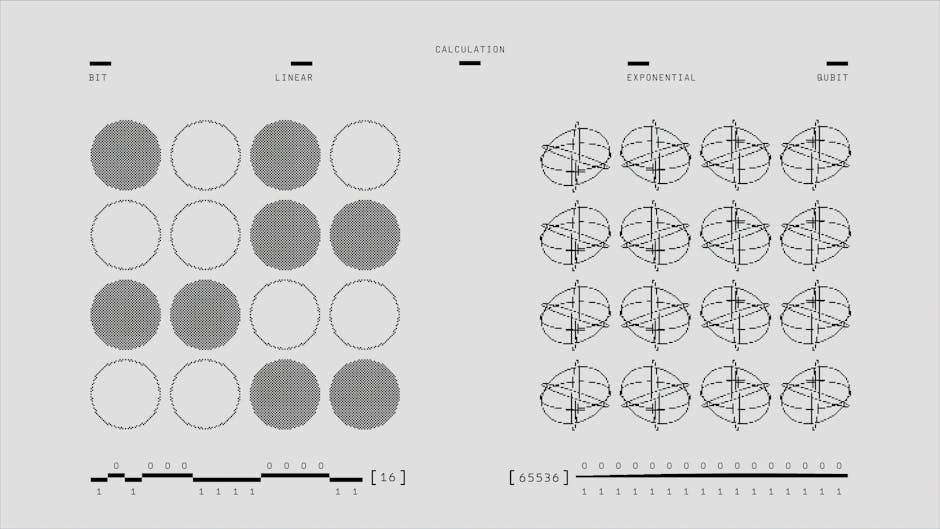Introduction
In the rapidly advancing field of quantum computing, where breakthroughs often herald a new era of technology, a startling discovery has emerged. A computational problem so complex, it’s been dubbed the “nightmare” calculation, may be too difficult even for quantum computers to solve.
The Promise of Quantum Computing
Quantum computers harness the principles of quantum mechanics, using qubits that can exist in multiple states simultaneously. This allows them to process vast amounts of data at incredible speeds, tackling problems that are impossible for classical computers. From revolutionizing cryptography to accelerating drug discovery, quantum computing holds immense potential.
The ‘Nightmare’ Calculation
The “nightmare” calculation involves simulating highly entangled quantum systems, where particles are intricately linked, and the state of one instantly affects another, regardless of distance. Dr. Priya Sharma, a quantum physicist at the Indian Institute of Science, explains, “This problem involves a level of entanglement and scale we’ve never seen before. It’s like a puzzle where every piece connects to every other piece in complex, unmappable ways.”
Implications for Science and Technology
Simulating such systems is critical for advancements in material science, including the development of superconductors and new energy solutions. If quantum computers can’t solve this problem, it could stall progress in these vital areas.
Theoretical Limits of Quantum Computing
This challenge also raises questions about the limits of quantum computing. While quantum systems were believed to surpass classical computers in nearly all domains, the “nightmare” calculation suggests inherent limitations. “It’s a humbling reminder that quantum computing isn’t a magic bullet,” says Dr. Sharma.
Driving Innovation Forward
Despite the challenge, scientists remain hopeful. Dr. Rajesh Kumar, a computational physicist at the Tata Institute of Fundamental Research, notes, “Every obstacle forces us to think differently. This could be the catalyst for the next big leap in quantum technology.”
Conclusion
The “nightmare” calculation highlights the complexities of the quantum world and the hurdles ahead. As researchers continue to push boundaries, the journey to unlocking quantum computing’s full potential remains ongoing.




